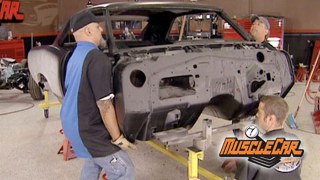
Project '67 LeMans Body Fabrication & Repair
Lou challenges himself with some very difficult body fabrication and repair on what little we salvaged from our '67 Le Mans body.
Season 2
Episode 17

































